Shoulder day, a dedicated training session focusing on the deltoid muscles, is essential for creating a balanced, powerful upper body. Whether you’re a beginner or an experienced lifter, this workout is key for achieving those well-rounded shoulders that add both aesthetic appeal and strength to your physique. Here’s your guide to mastering shoulder day with the best exercises, tips, and understanding the benefits.
Why Shoulder Day Matters
The shoulder muscles, or deltoids, play a significant role in almost every upper body movement, from pressing to pulling and lifting. They consist of three primary parts:
- Anterior Deltoid (front)
- Lateral Deltoid (middle)
- Posterior Deltoid (rear)
By targeting all three parts of the deltoid, you ensure that your shoulders develop uniformly, preventing imbalances that can lead to poor posture or injury. In addition to enhancing your upper body strength, focusing on your shoulders can improve mobility and make everyday activities like lifting or pushing feel easier.
Essential Shoulder Day Exercises
To build robust, well-defined shoulders, you need a mix of compound and isolation exercises. Here’s a breakdown of the best moves to include in your shoulder day routine.
1. Overhead Press (Barbell or Dumbbell)
The overhead press is a must-do for any shoulder workout. It’s a compound movement that engages all three heads of the deltoid, while also recruiting stabilizer muscles in the core and upper chest.
-
How to Perform:
Stand with feet shoulder-width apart, hold the barbell or dumbbells at shoulder height, and press the weight overhead in a controlled manner, fully extending your arms. Lower back to the starting position. -
Tip:
Avoid arching your back excessively; engage your core for stability.
2. Lateral Raises
This isolation exercise primarily targets the lateral (middle) deltoid, giving your shoulders that wide, capped look.
-
How to Perform:
Stand with a dumbbell in each hand by your sides. With a slight bend in your elbows, raise the dumbbells out to the sides until they’re level with your shoulders, then slowly lower them back. -
Tip:
Keep the movement slow and controlled to avoid swinging the weights and to maximize tension on the muscles.
3. Front Raises
This move isolates the anterior deltoid, building strength and mass in the front part of your shoulder.
-
How to Perform:
Hold a dumbbell in each hand with palms facing forward. Raise the dumbbells directly in front of you until they reach shoulder height, then lower back down. -
Tip:
Don’t lift the weights too high. Keep the motion smooth and steady.
4. Reverse Pec Deck or Bent-Over Lateral Raises
These exercises focus on the posterior deltoid, often the most neglected part of the shoulder.
-
How to Perform:
For the reverse pec deck, sit at the machine, adjusting the handles to chest height. With a slight bend in your elbows, push the handles backward, squeezing your shoulder blades together. For bent-over lateral raises, bend forward with a dumbbell in each hand and lift your arms outward, targeting the rear deltoids. -
Tip:
Ensure you maintain proper posture, especially during the bent-over lateral raise, to avoid strain on your lower back.
5. Arnold Press
Named after Arnold Schwarzenegger, this variation of the overhead press provides a twist (literally) that hits all three heads of the deltoid, especially the front part.
-
How to Perform:
Start with the dumbbells in front of your shoulders, palms facing your body. As you press the dumbbells overhead, rotate your palms to face forward. Lower and rotate back to the starting position. -
Tip:
Perform this movement slowly to get the most out of the rotation and muscle activation.
6. Upright Rows
This compound movement targets the traps and lateral deltoids, contributing to overall shoulder thickness.
-
How to Perform:
Hold a barbell or dumbbells with your hands shoulder-width apart. Pull the weight upward, keeping your elbows higher than your hands, until it reaches chest height, then lower it back down. -
Tip:
Don’t pull the weight too high to avoid shoulder impingement; focus on controlled lifting.
Tips for an Effective Shoulder Day
-
Warm-Up Properly:
Shoulder joints can be sensitive, so always warm up with light cardio and dynamic stretches like arm circles before jumping into heavy lifts. -
Use a Full Range of Motion:
Focus on the full range of motion during all exercises. This helps recruit more muscle fibers and can lead to better muscle development. -
Avoid Overtraining:
Shoulders are relatively small muscles, so they need time to recover. Aim for 1-2 shoulder workouts per week with adequate rest between sessions. -
Incorporate Compound and Isolation Moves:
Compound lifts like the overhead press are essential for overall strength, while isolation exercises like lateral raises and front raises give your delts more definition. -
Progressive Overload:
Gradually increase the weight or repetitions over time to continuously challenge your muscles and promote growth.
Common Mistakes to Avoid
-
Poor Posture and Form:
Using improper form during exercises can lead to injury. Make sure to engage your core and maintain a neutral spine. -
Lifting Too Heavy:
Going too heavy too quickly can compromise form. Focus on mastering the technique with a moderate weight before progressing. -
Neglecting Rear Delts:
A well-rounded shoulder routine should target all parts of the deltoid, including the posterior. Skipping this can lead to shoulder imbalances.
Conclusion: Reap the Benefits of a Dedicated Shoulder Day
Focusing on shoulder day not only helps you build muscle mass and strength but also enhances your athletic performance and posture. By incorporating a variety of exercises that target the different heads of the deltoids, you ensure balanced muscle development. Combine proper technique, progressive overload, and recovery, and you’ll be on your way to achieving strong, sculpted shoulders.
Remember, consistency is key—stay dedicated, and you'll soon see the results of your hard work!

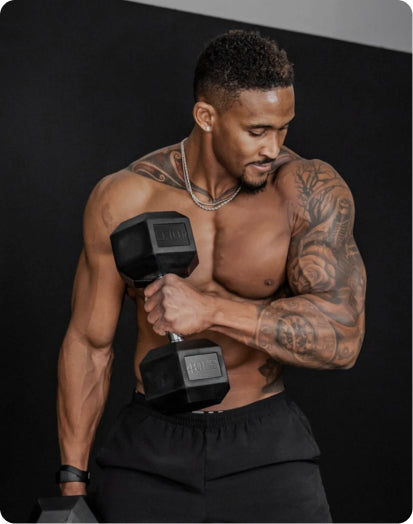
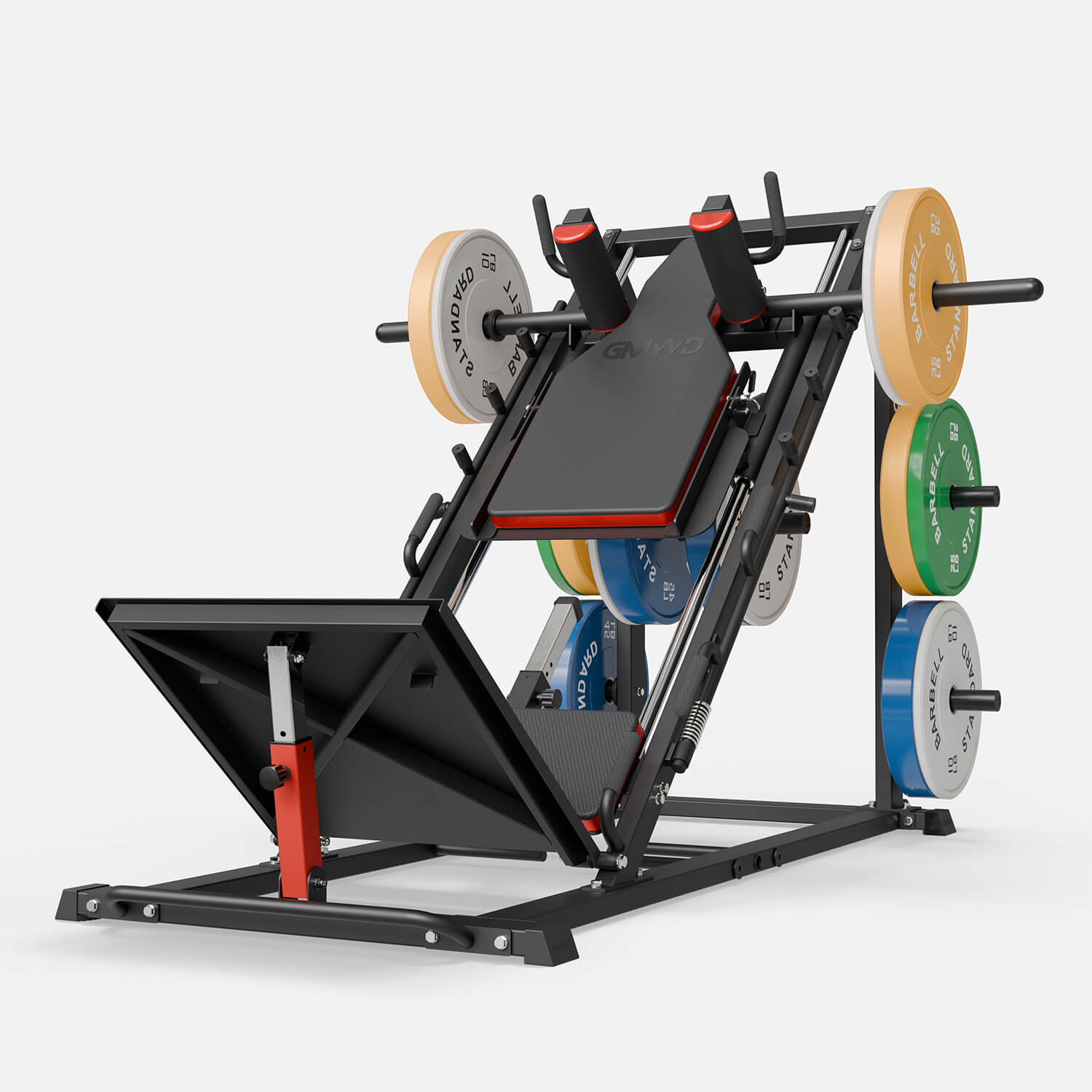
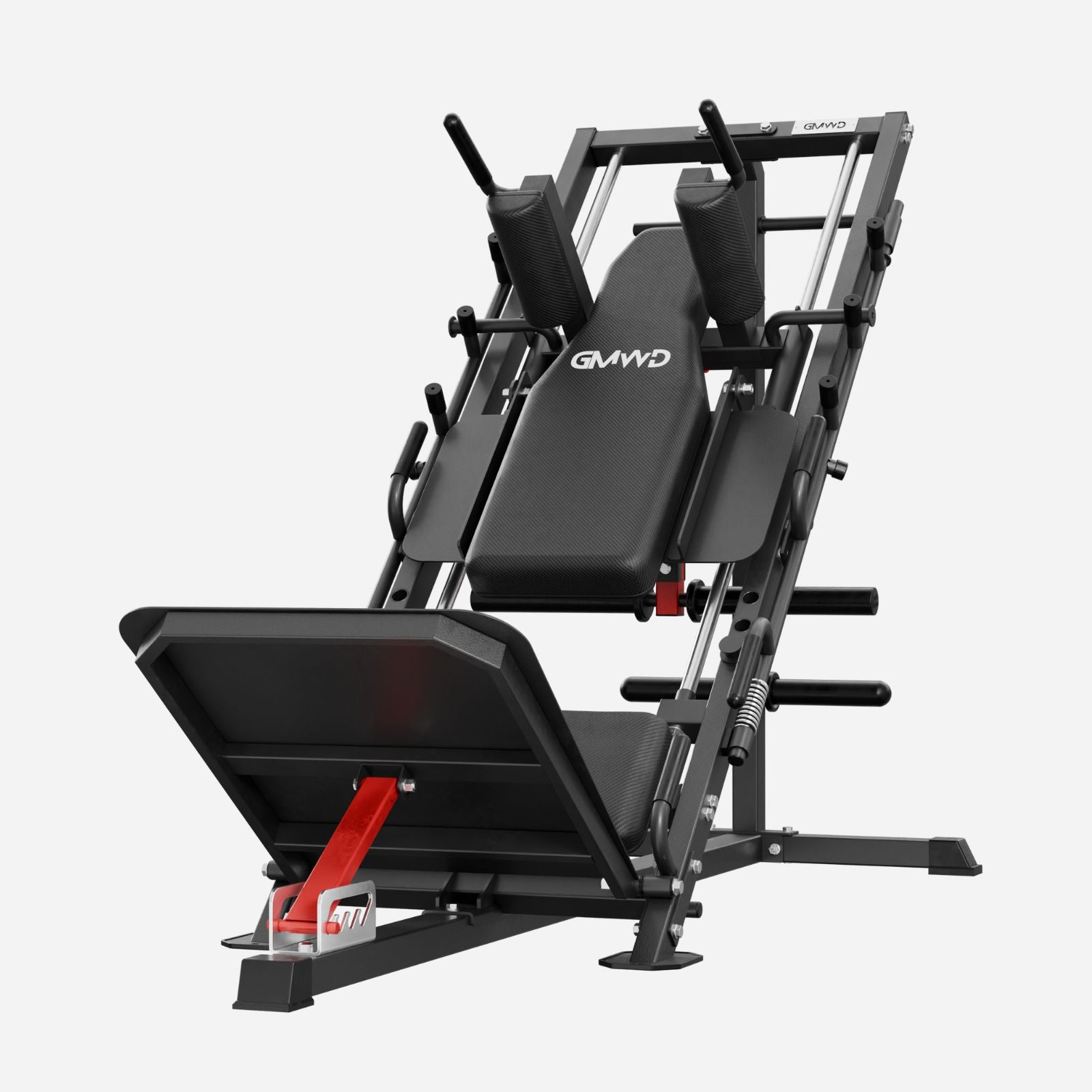

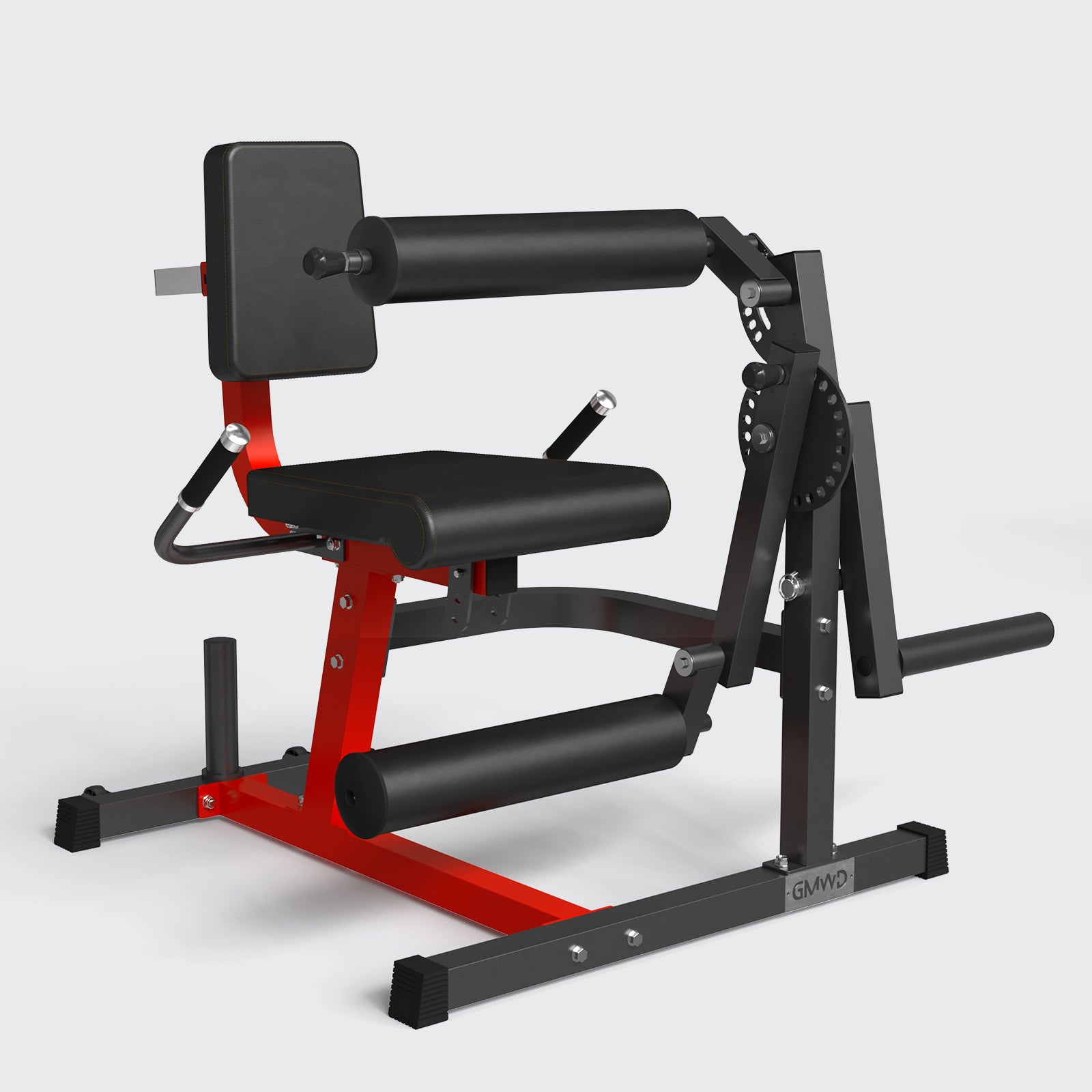
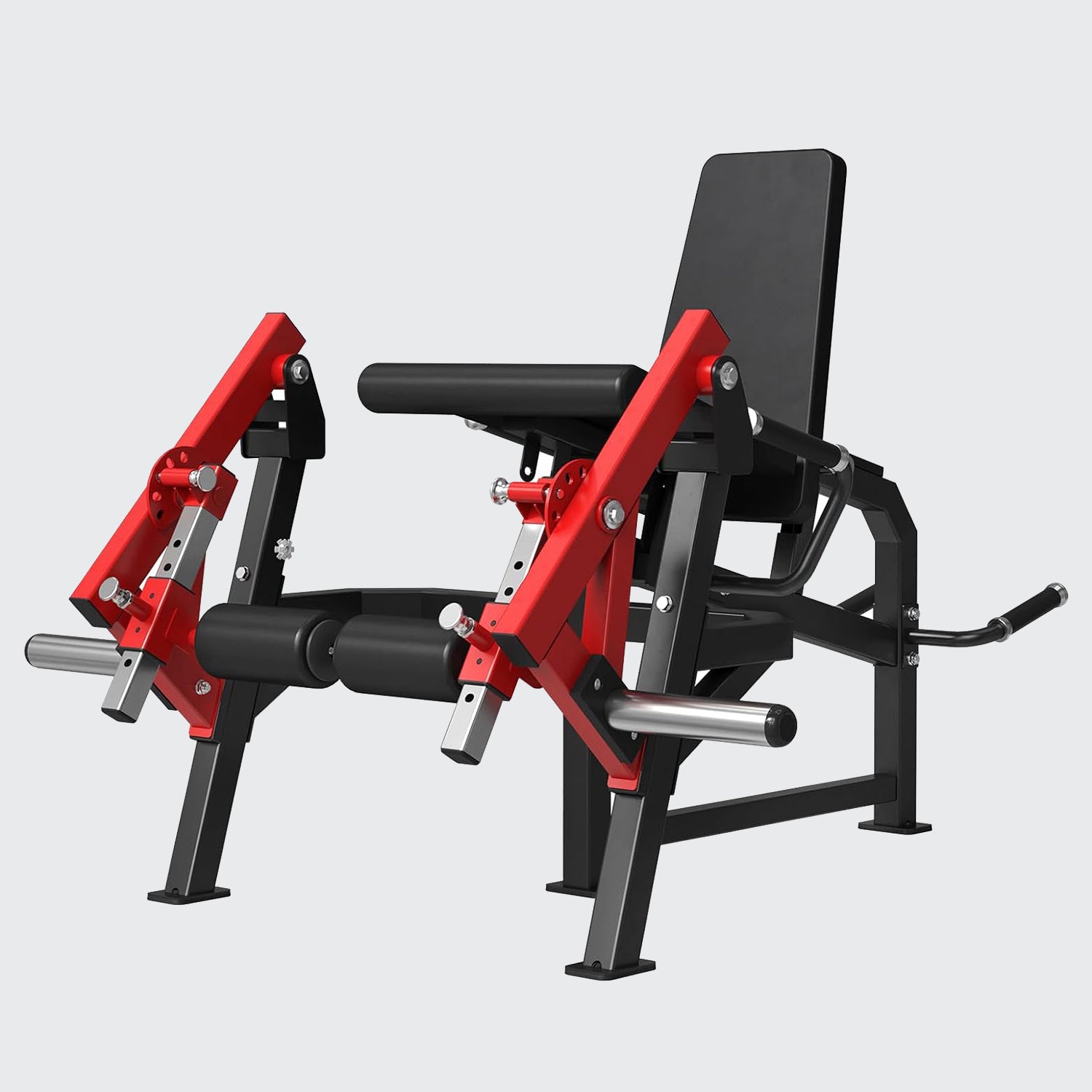
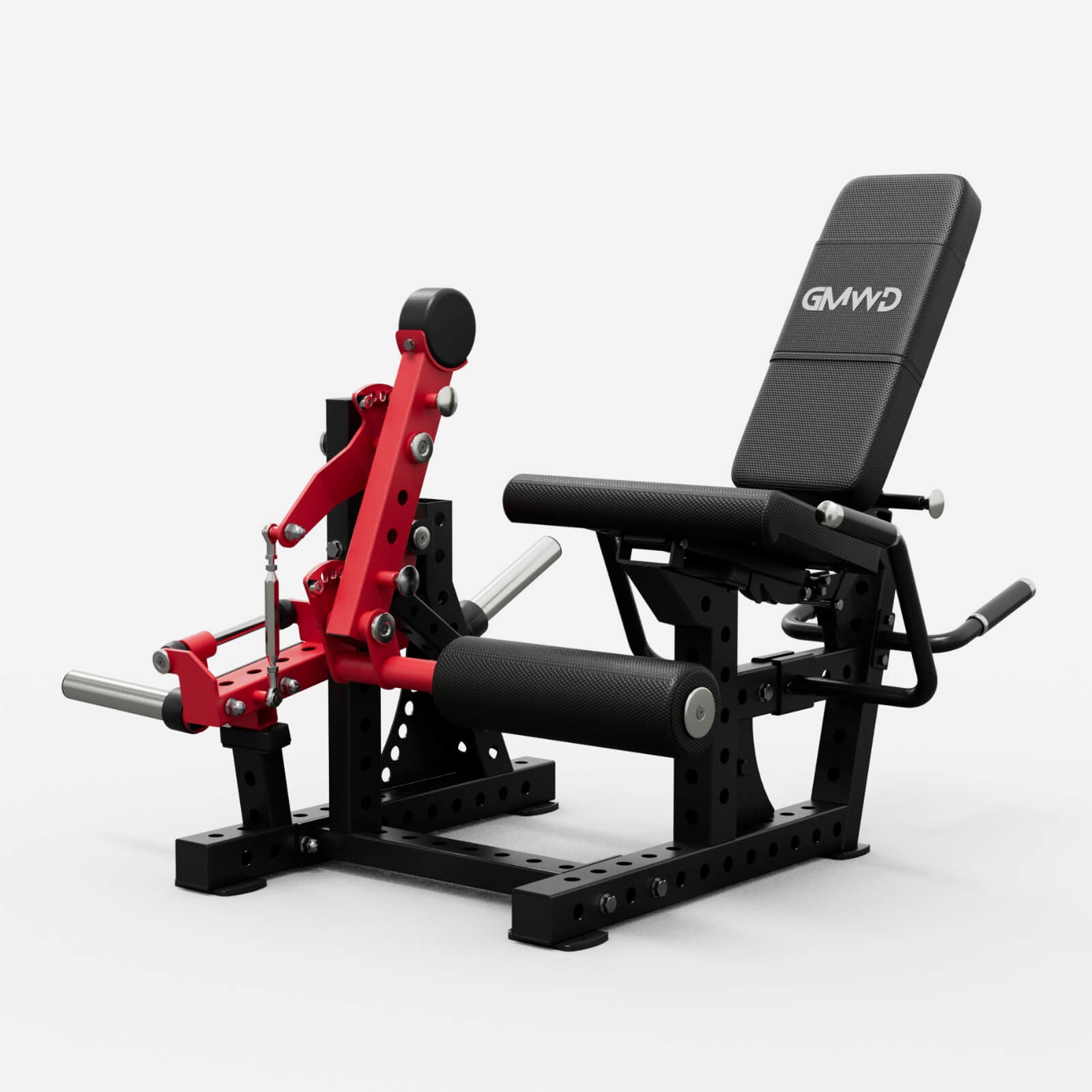
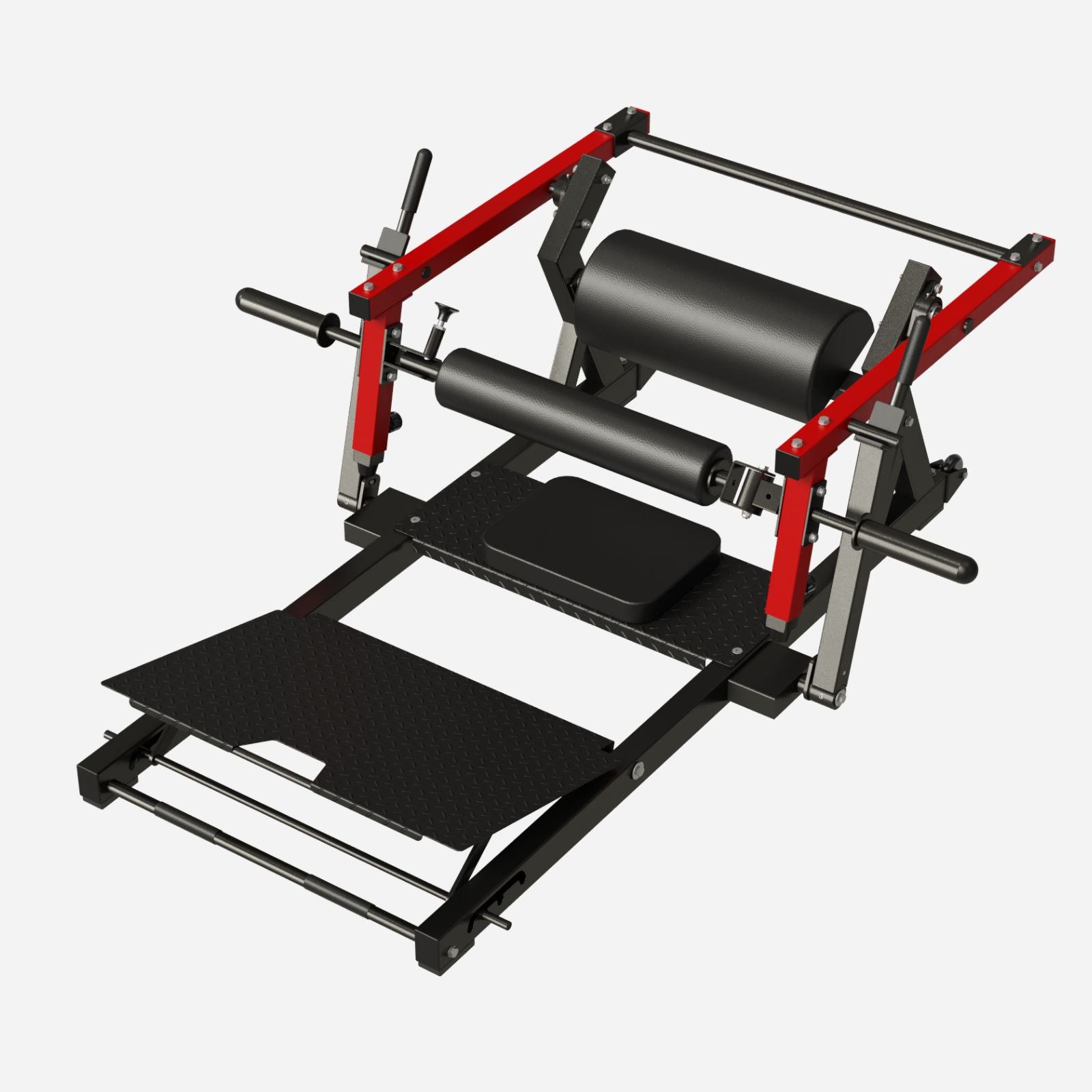
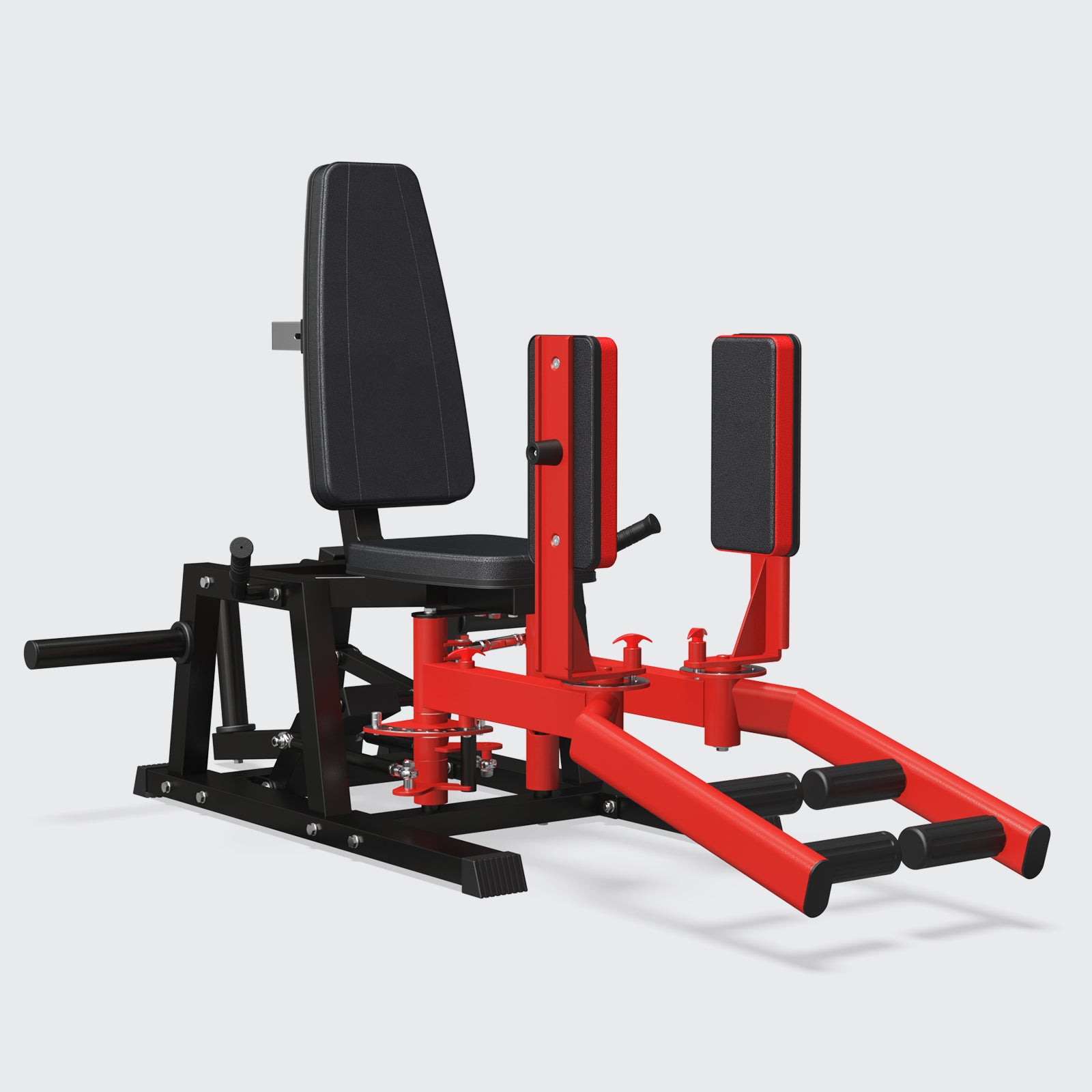
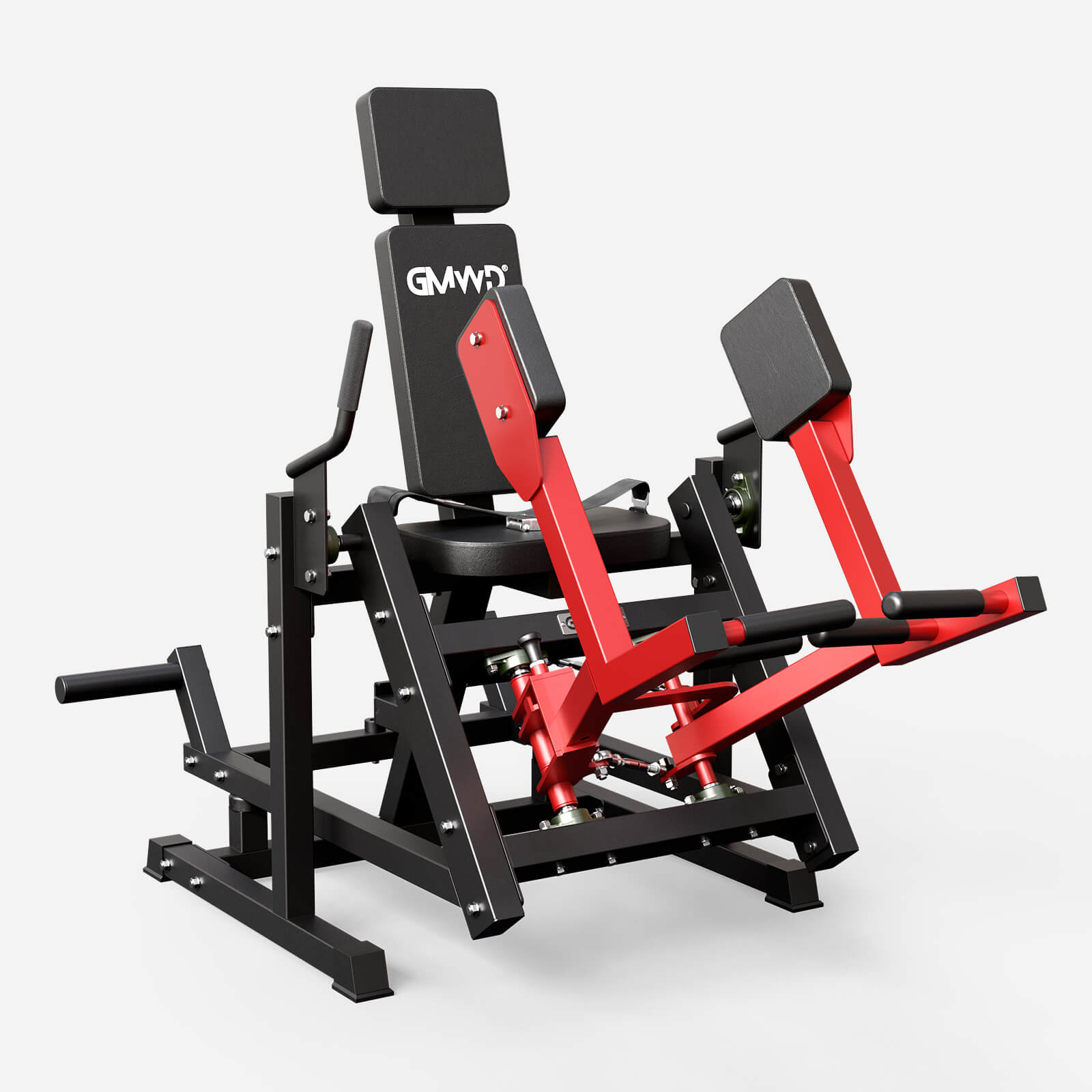
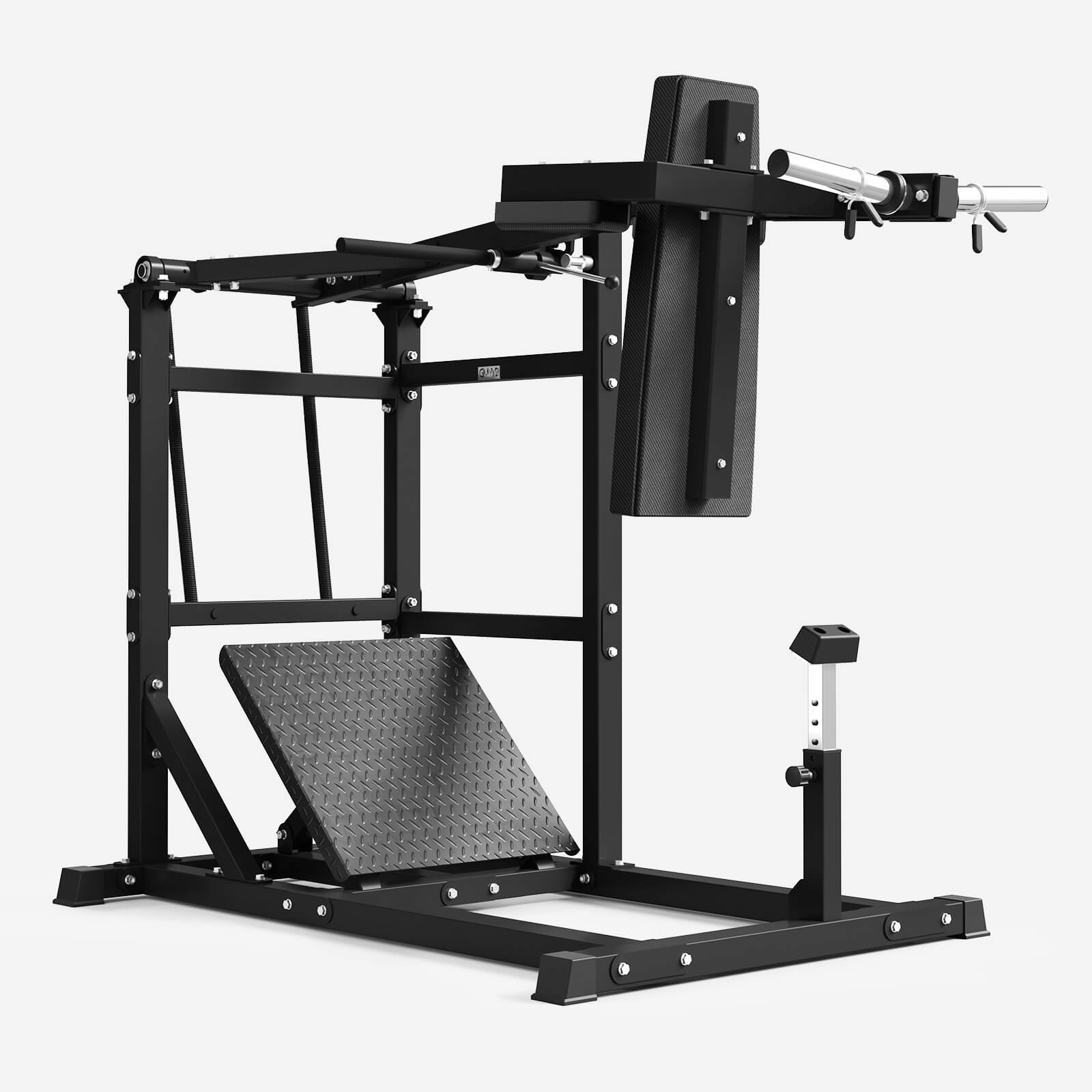
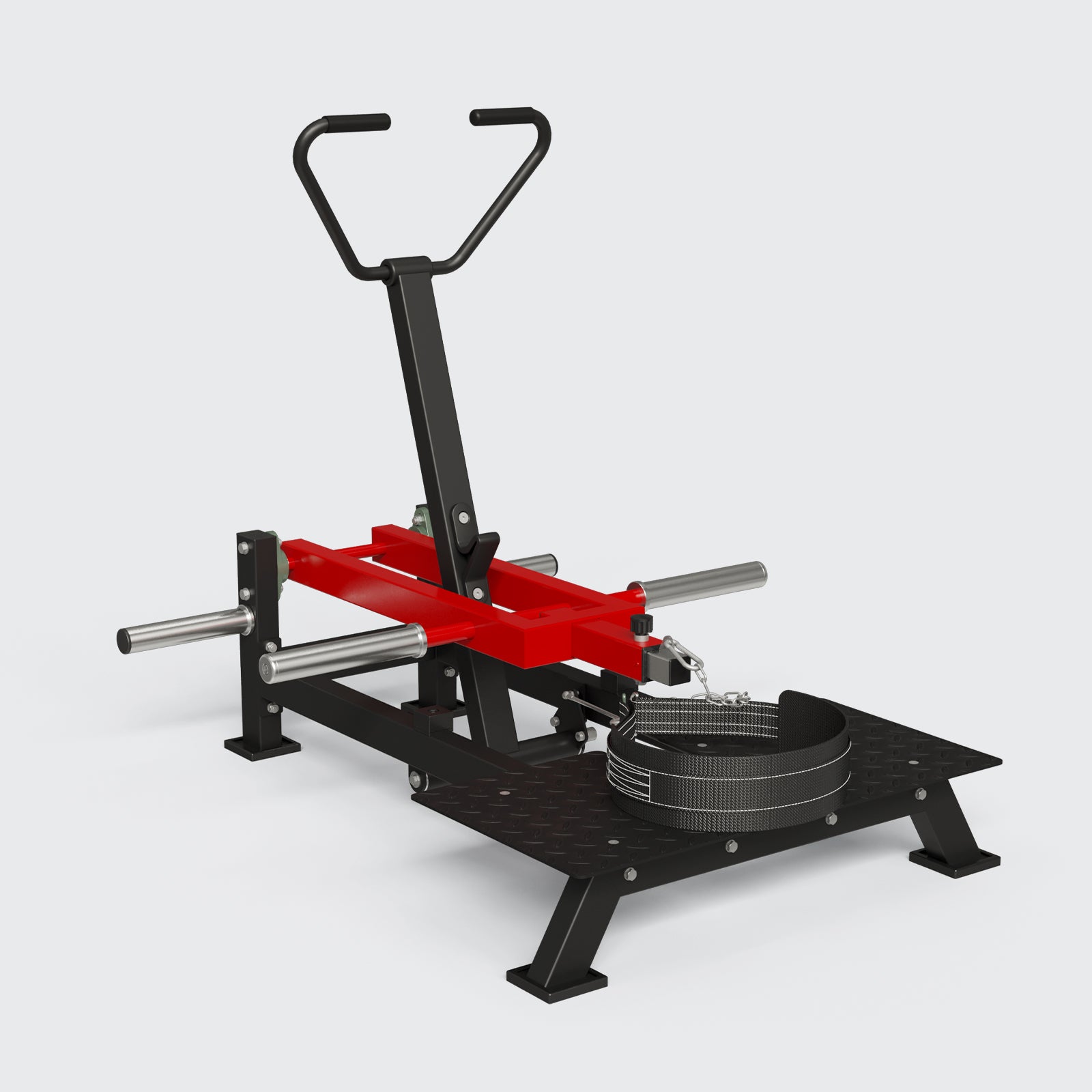
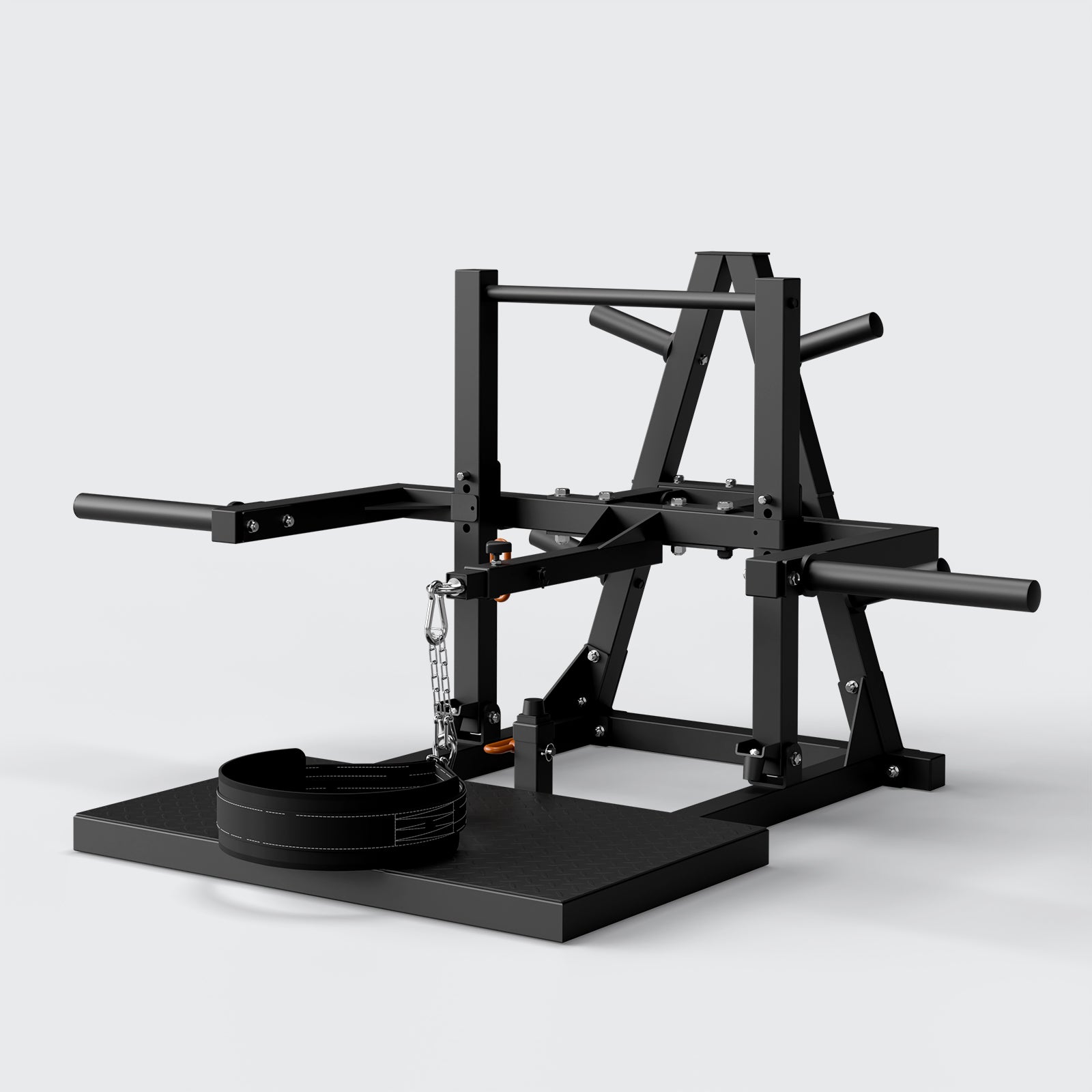
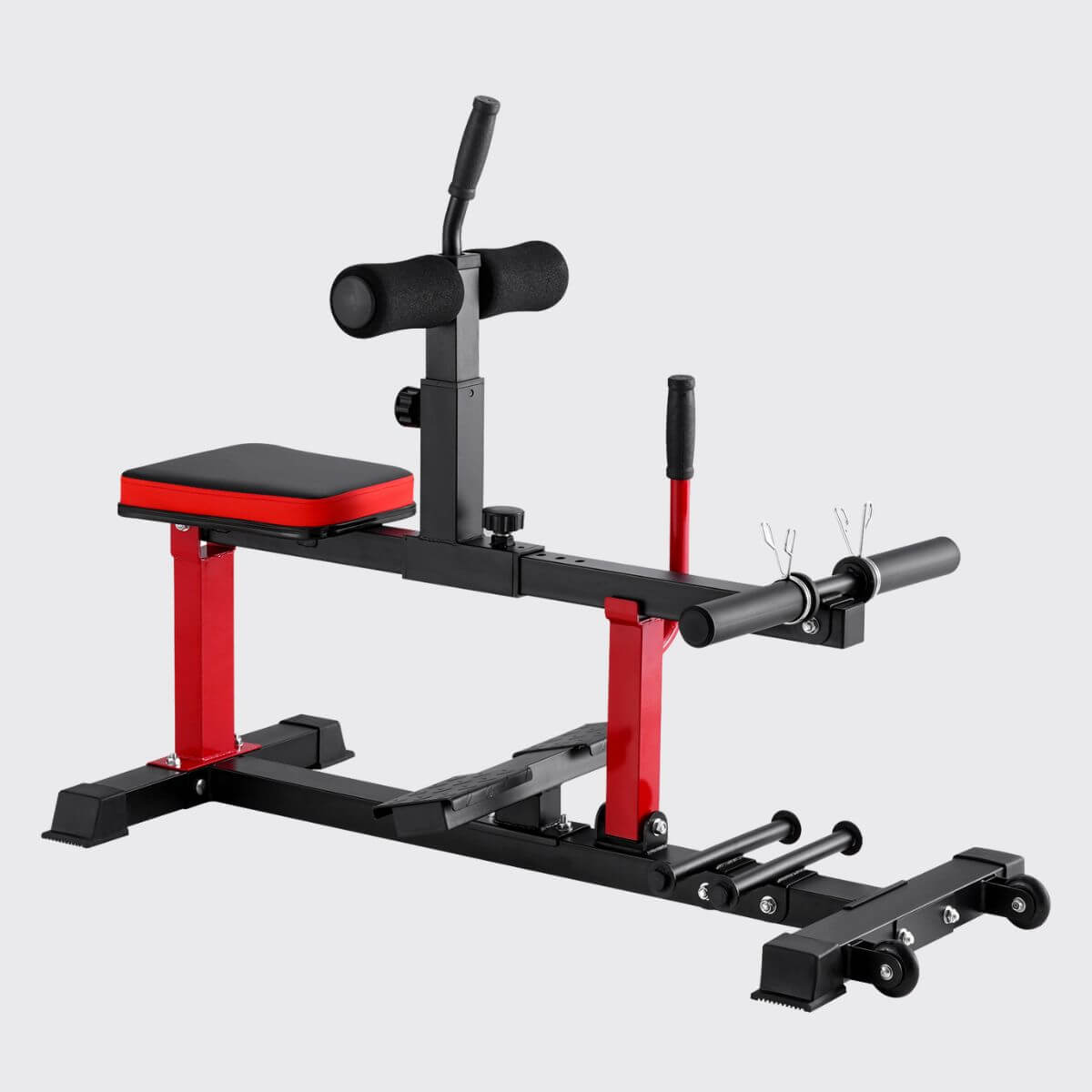
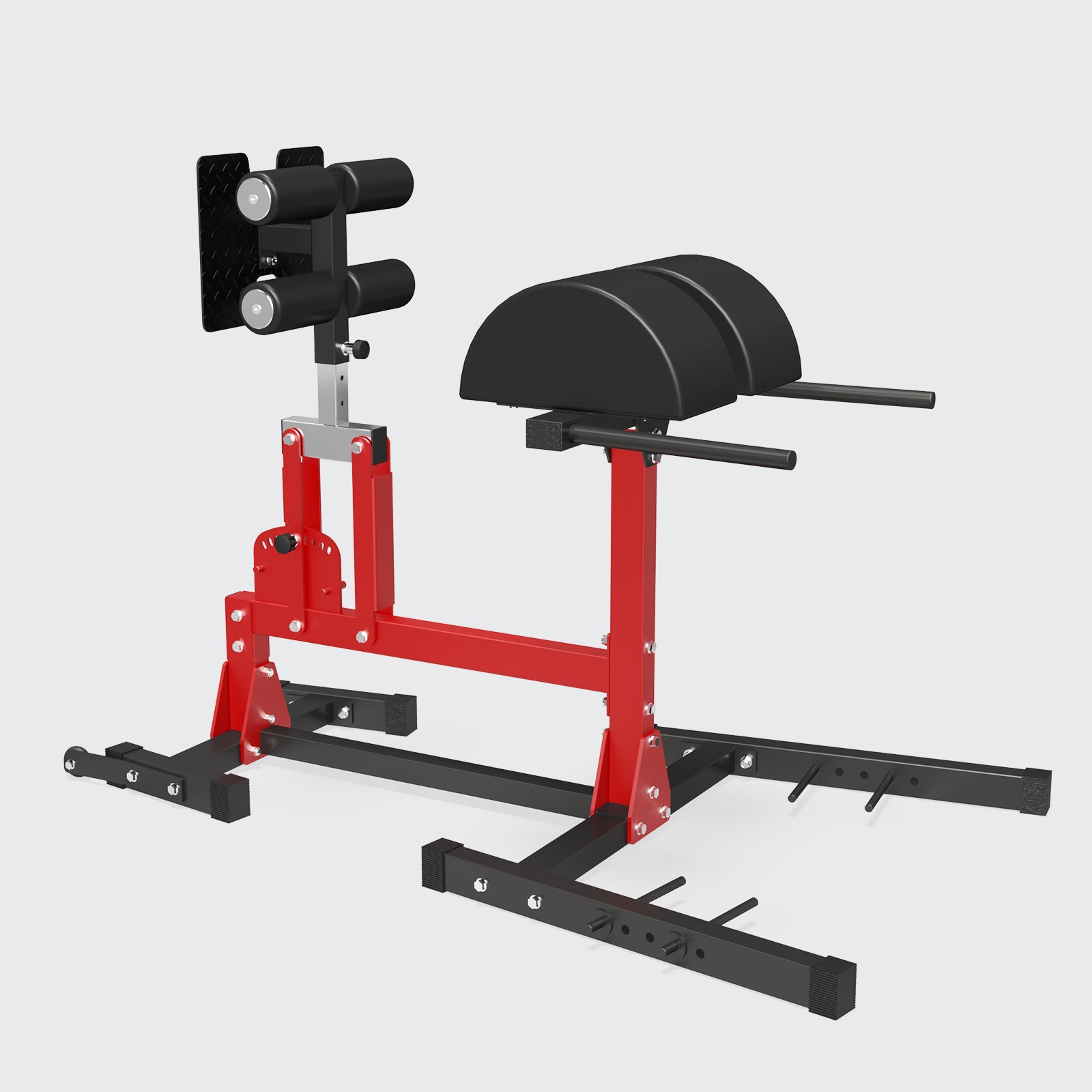
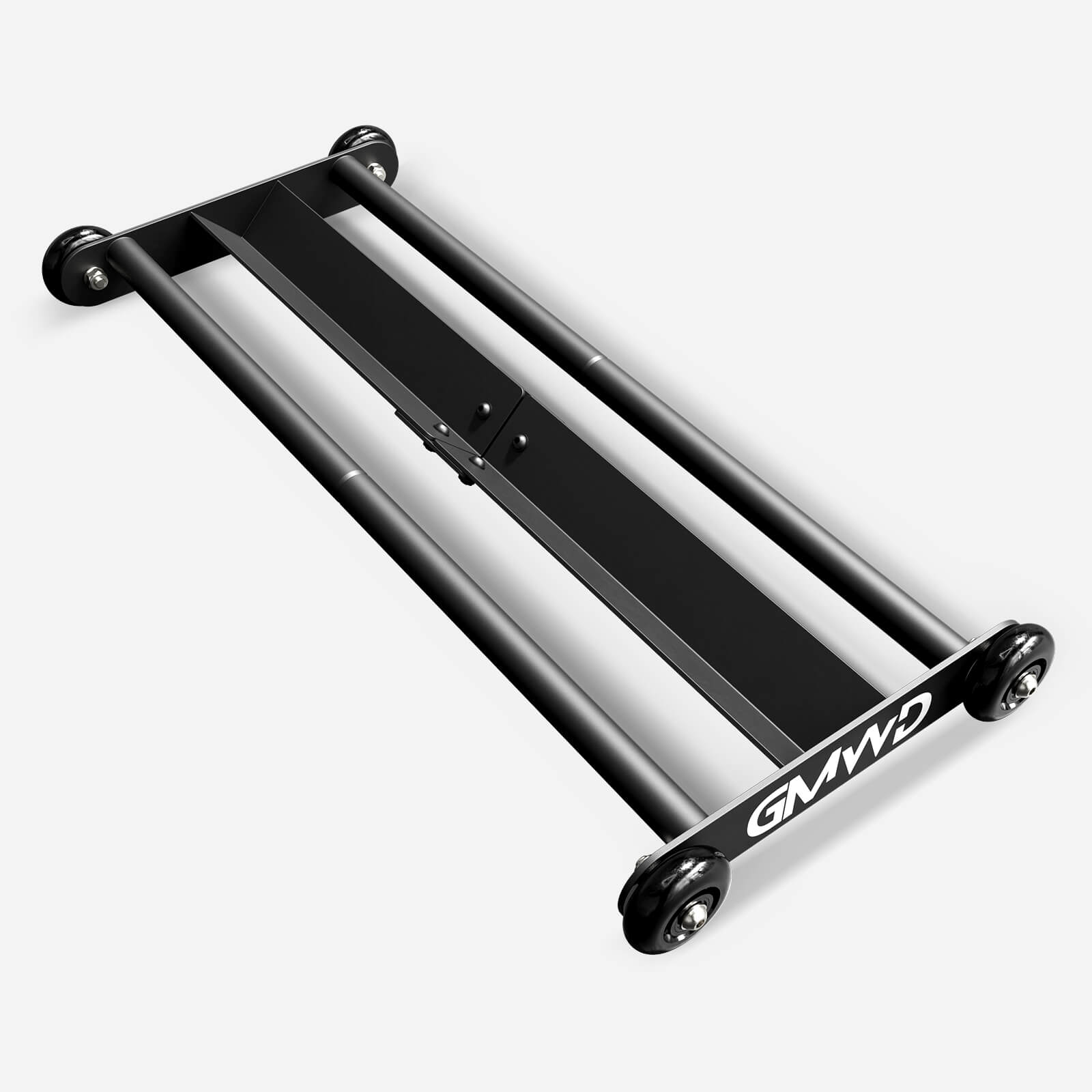
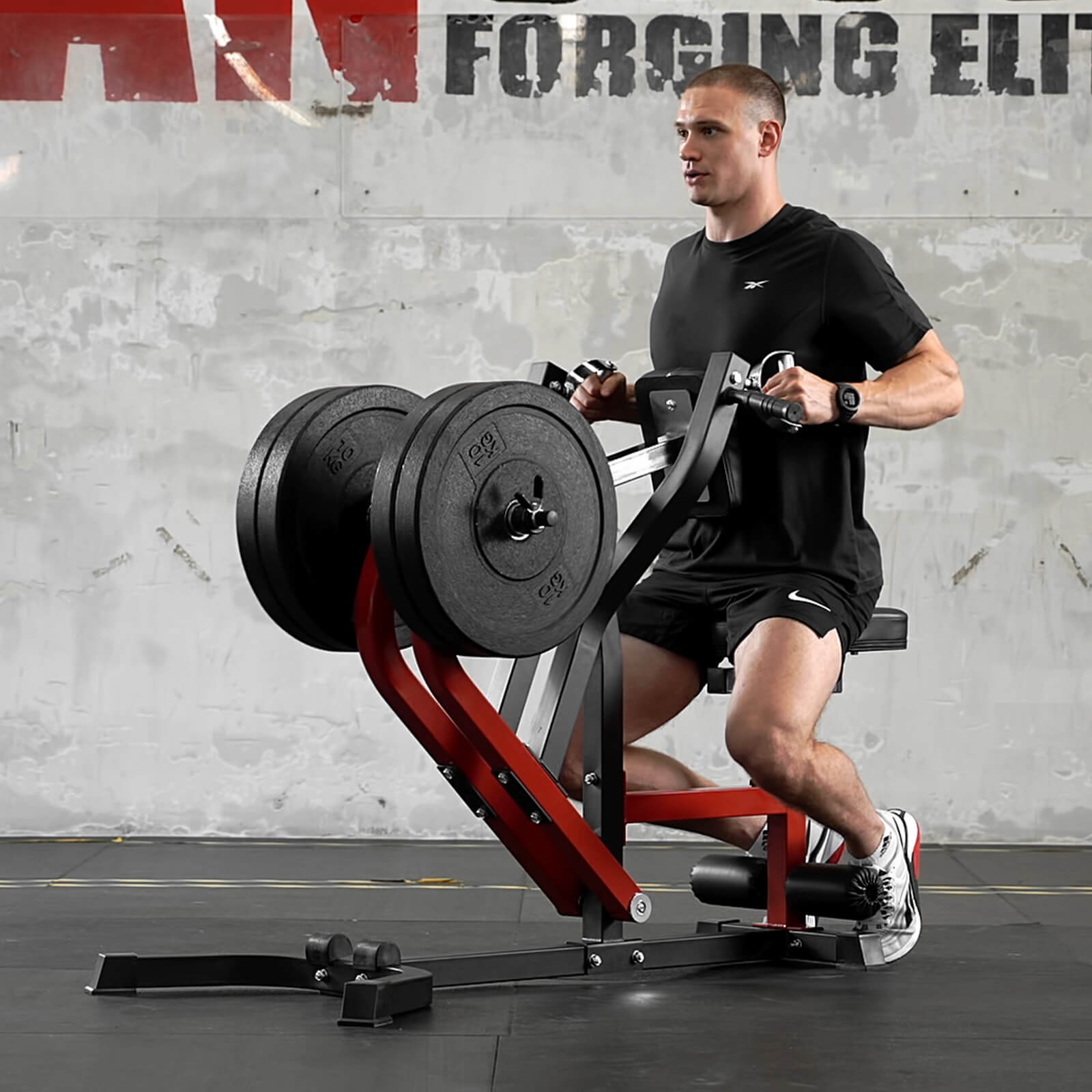
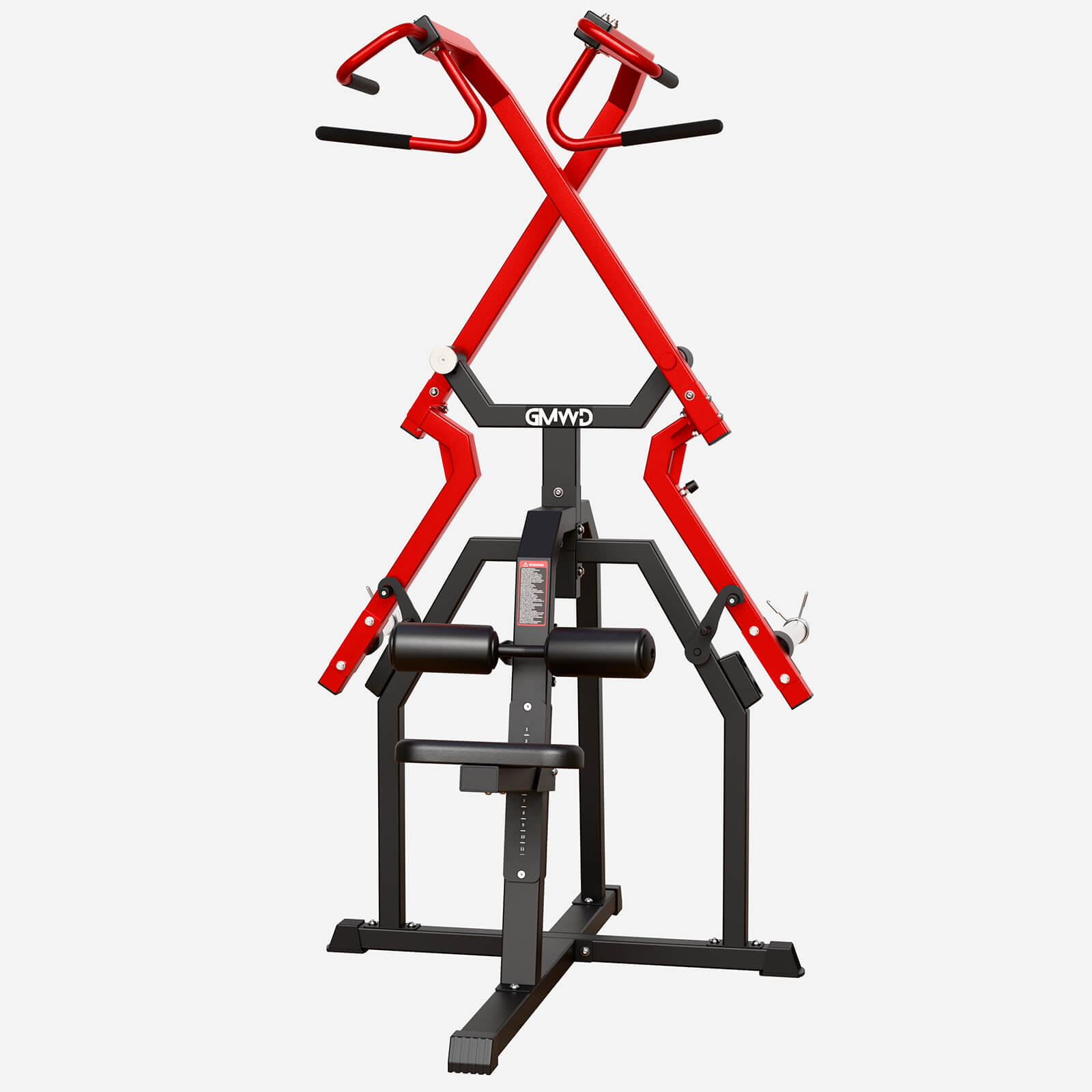
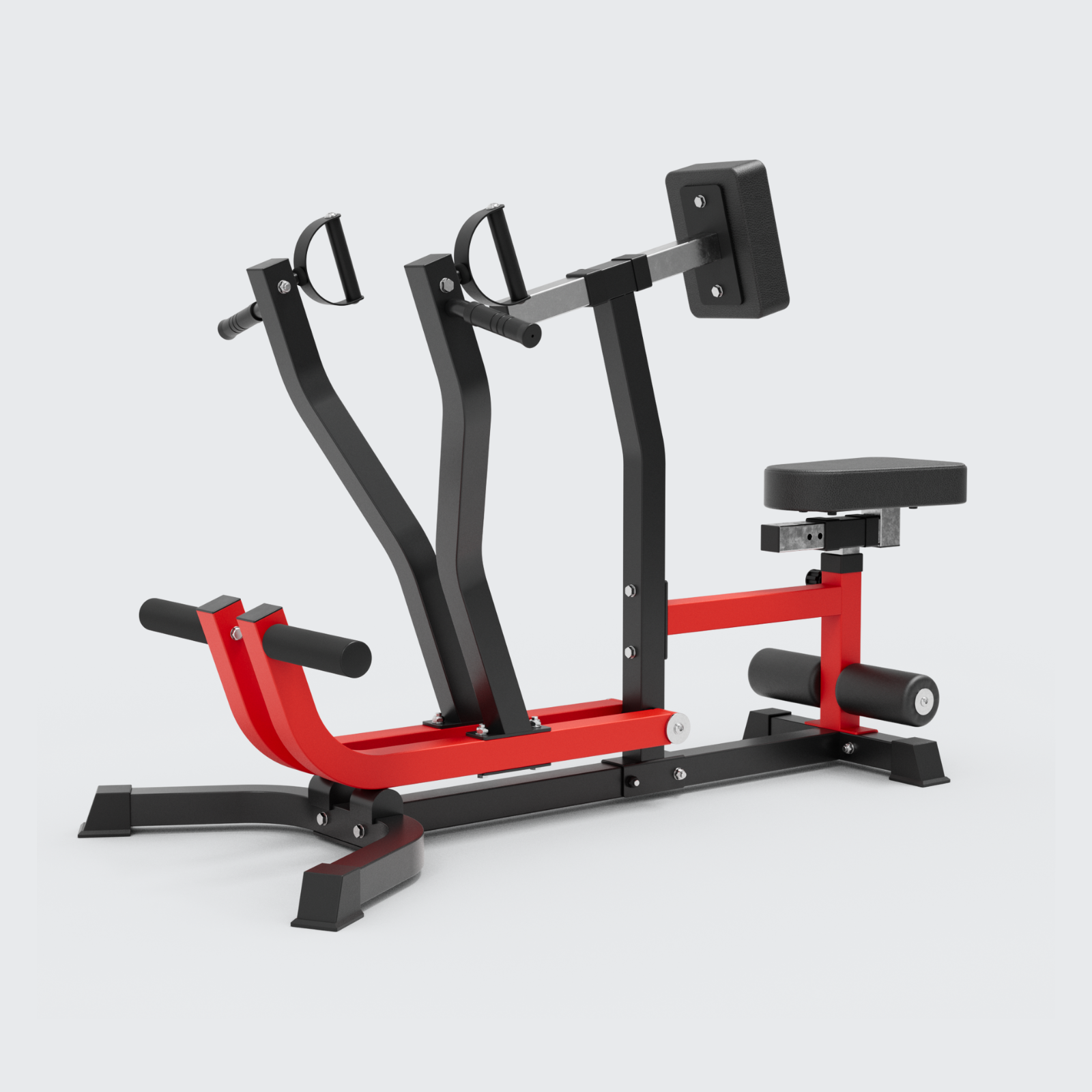
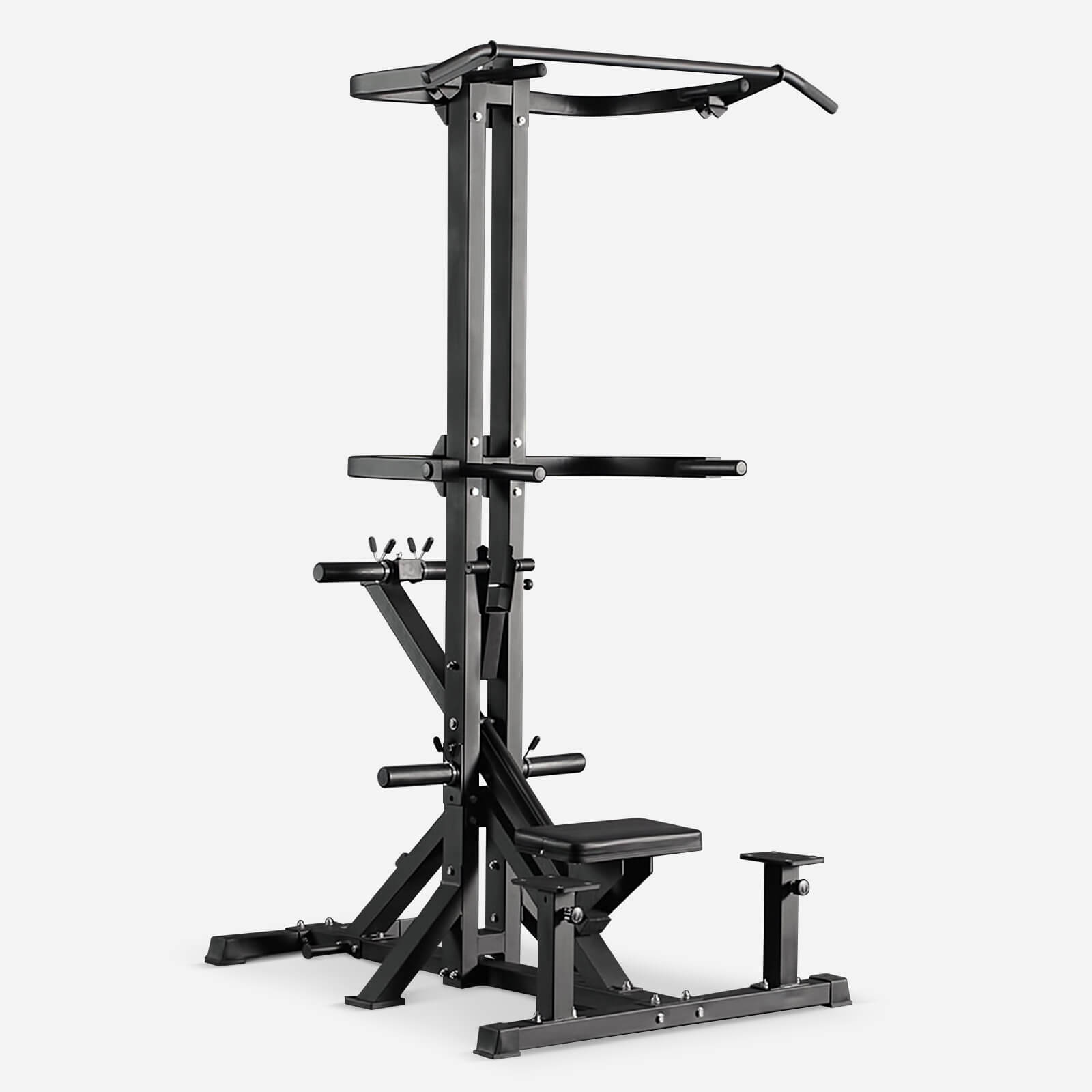

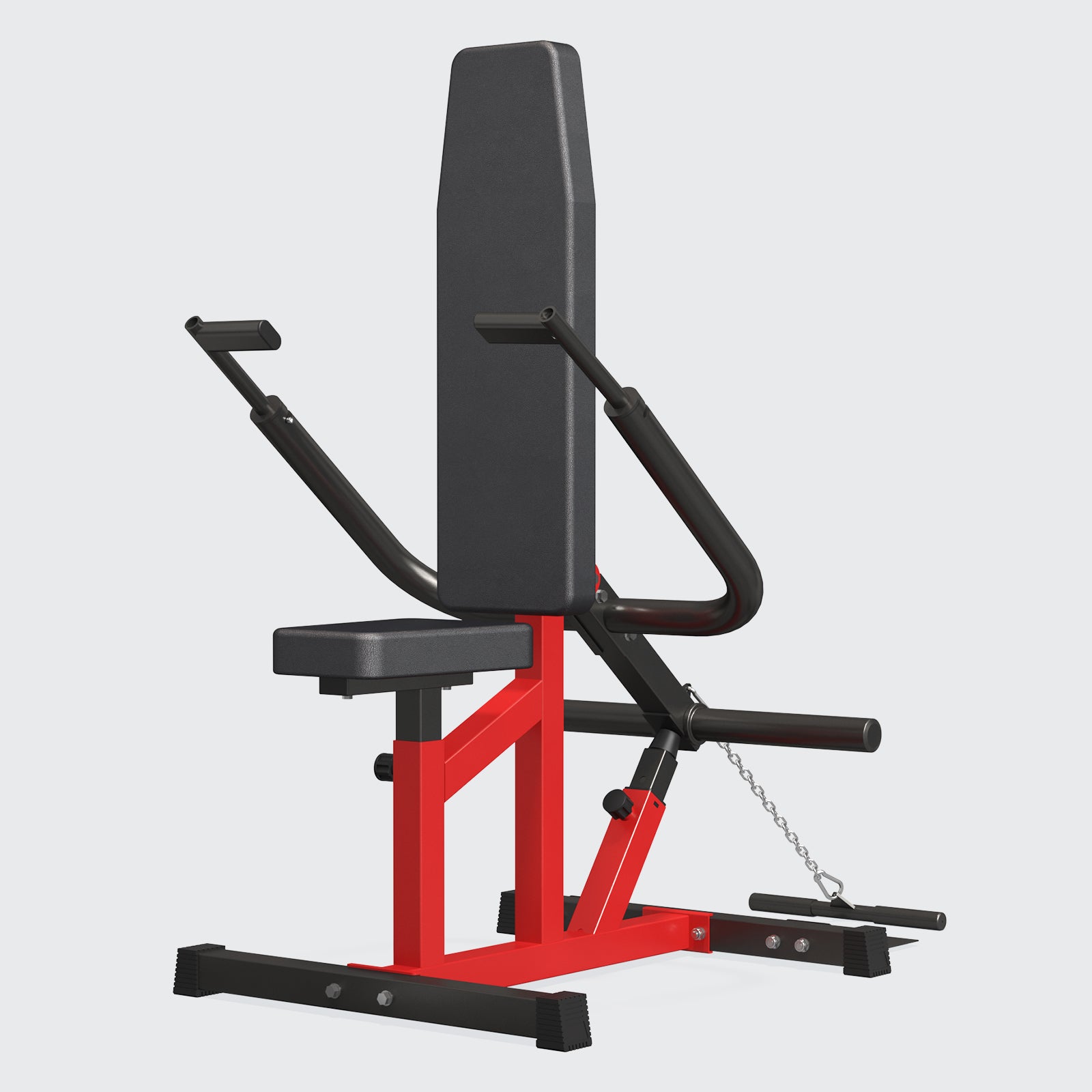
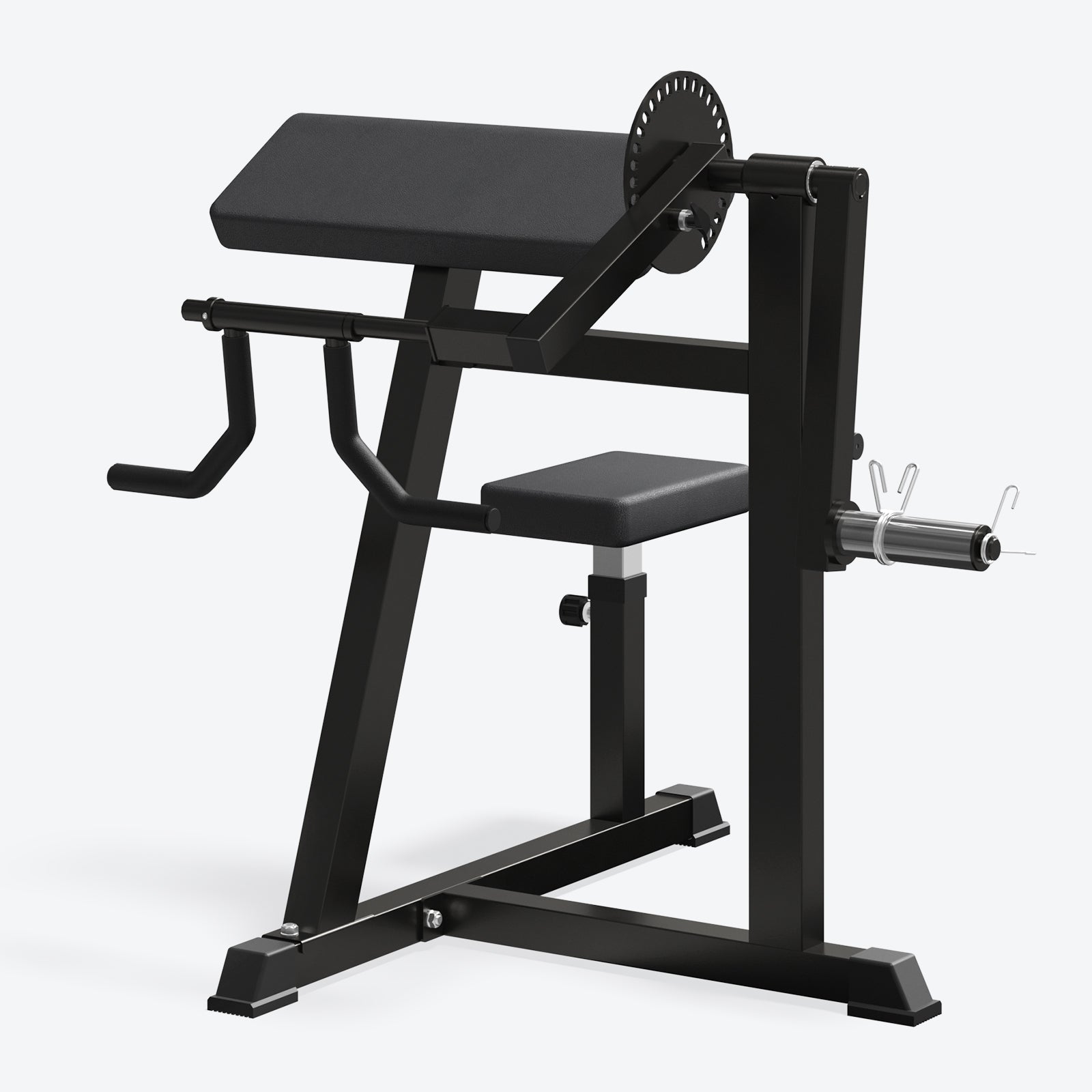
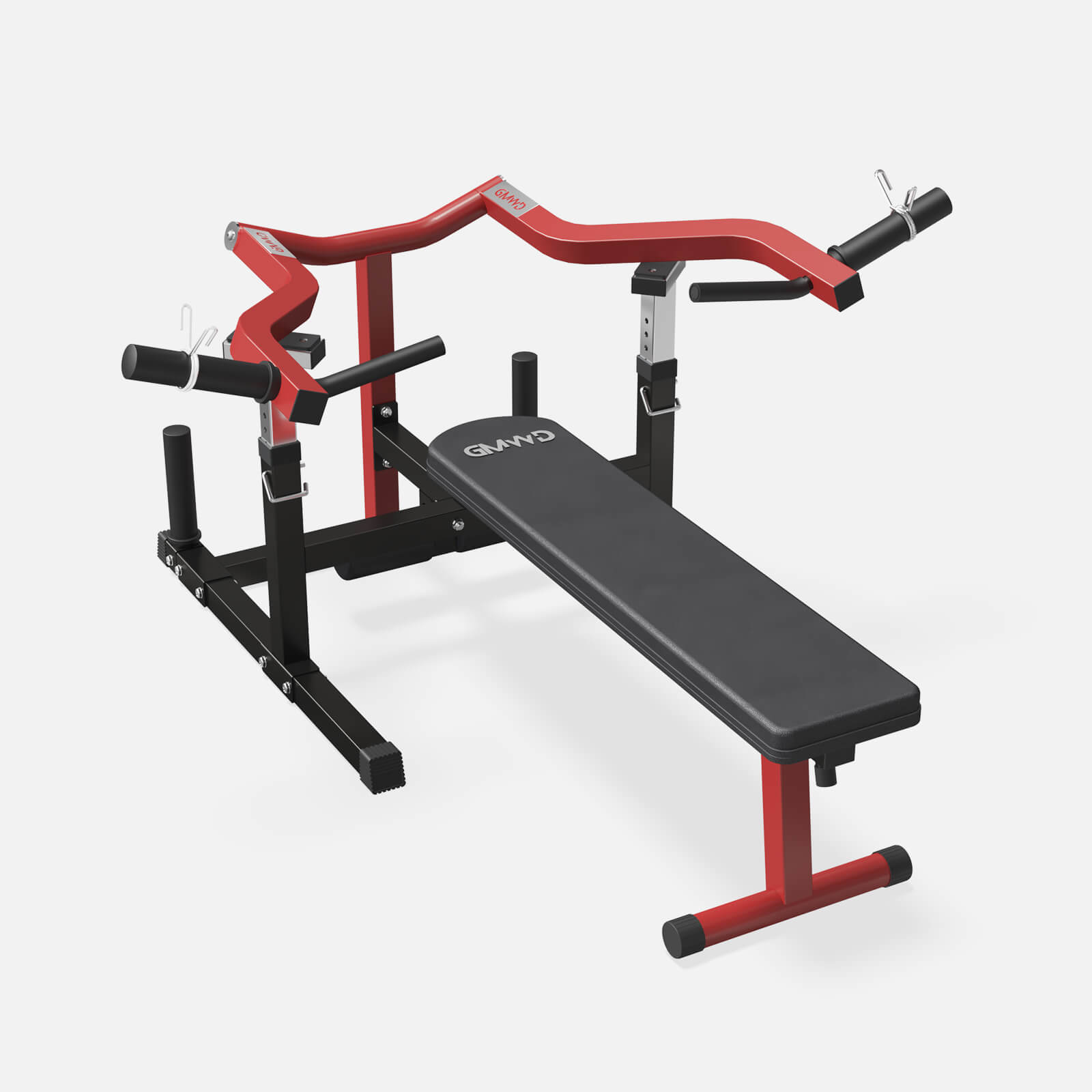
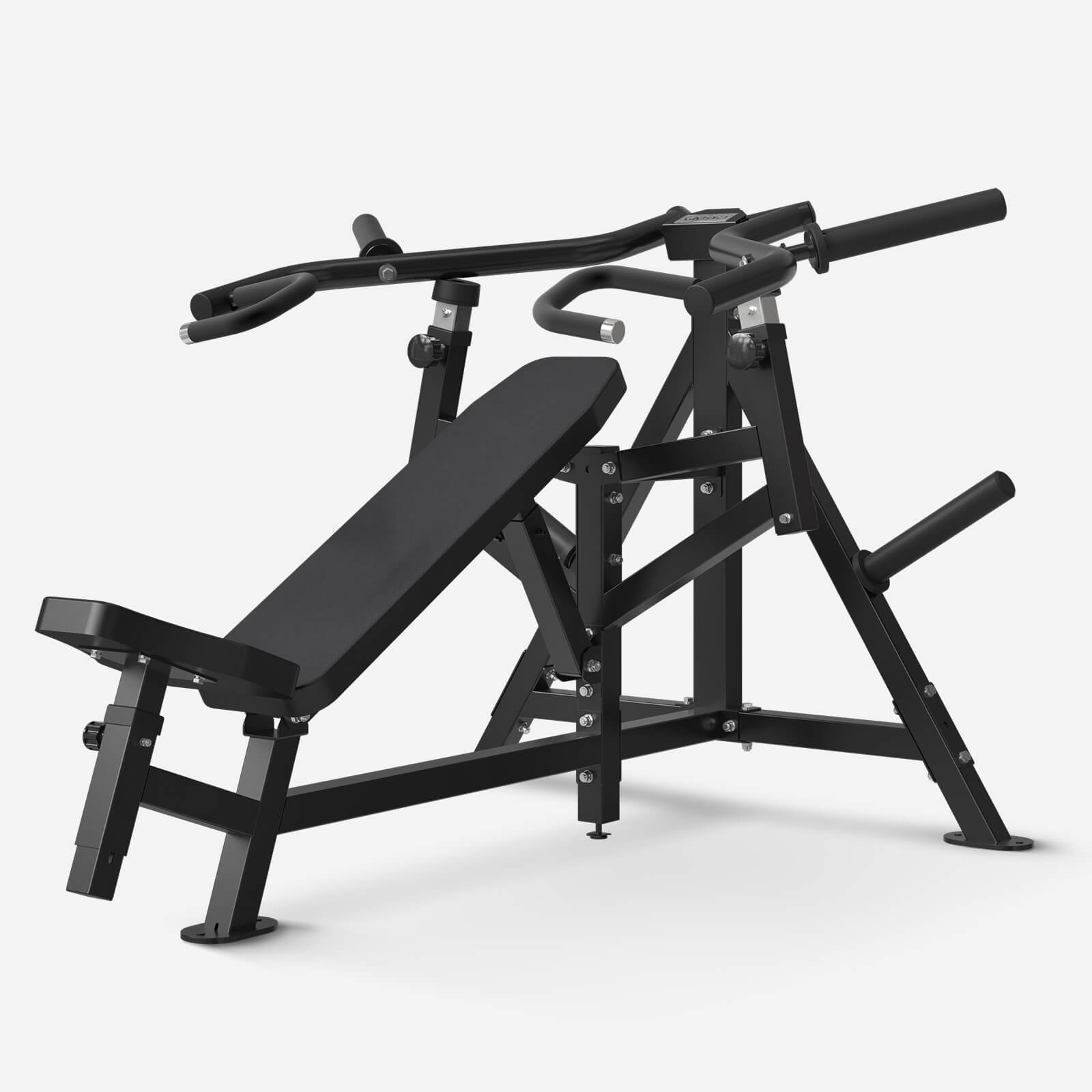
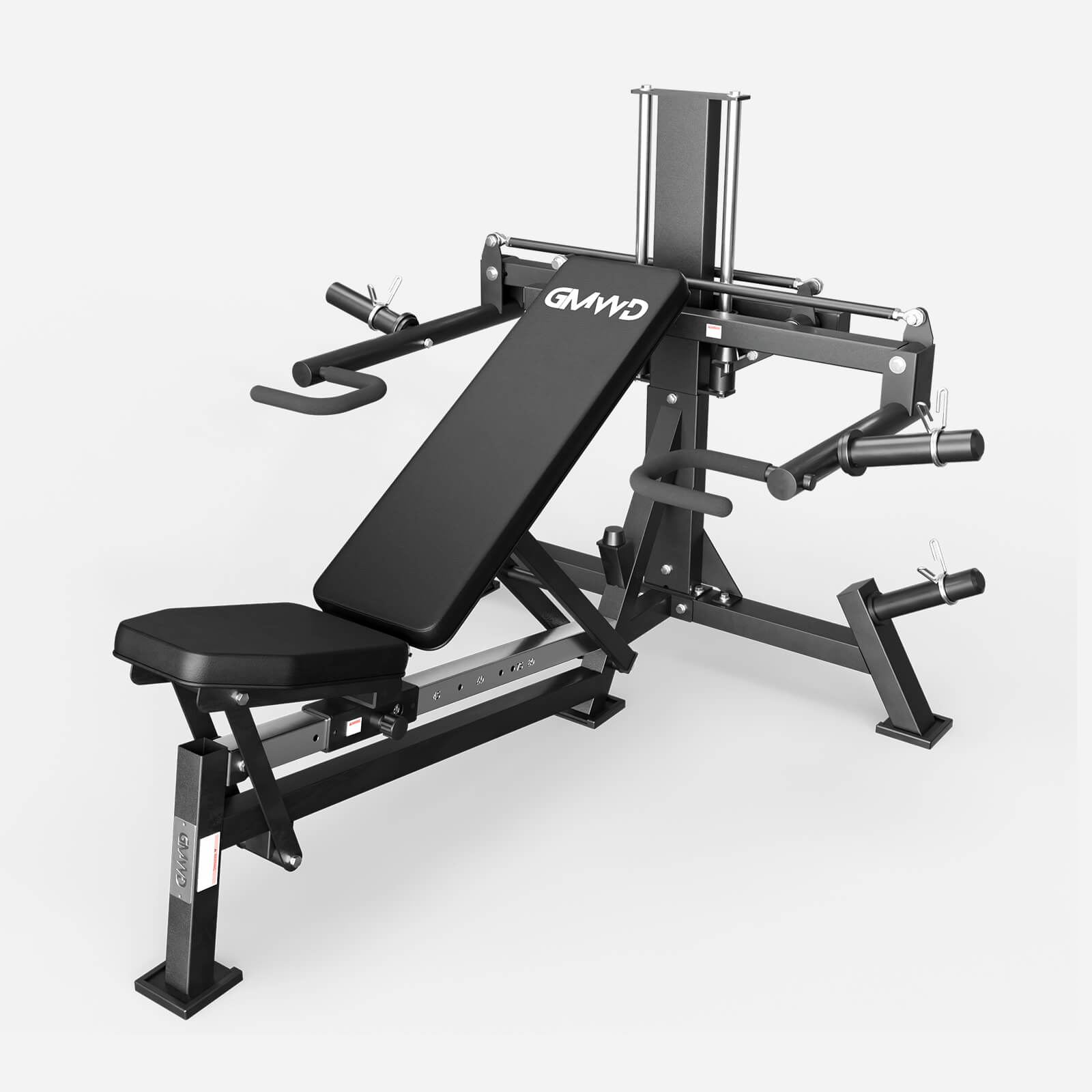
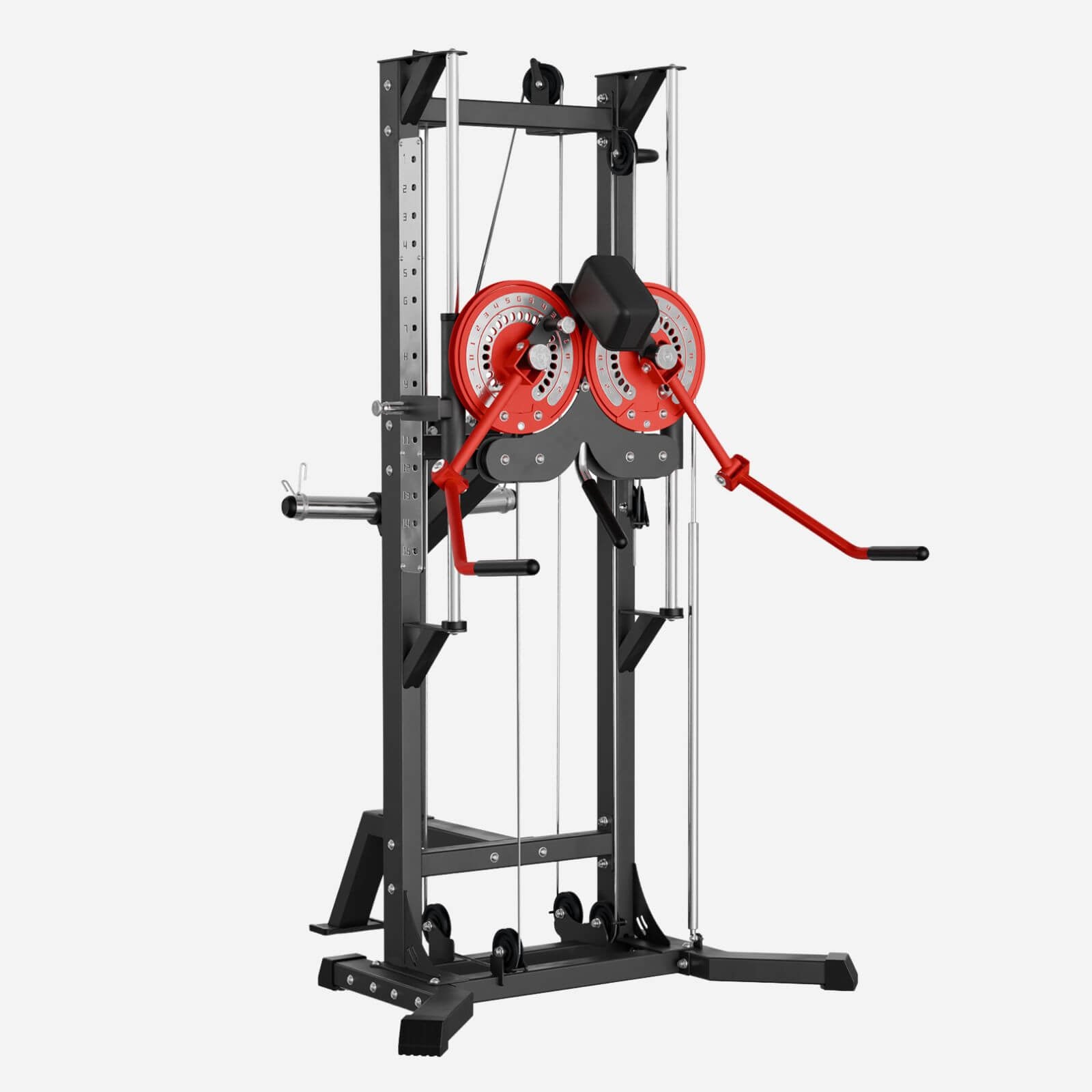
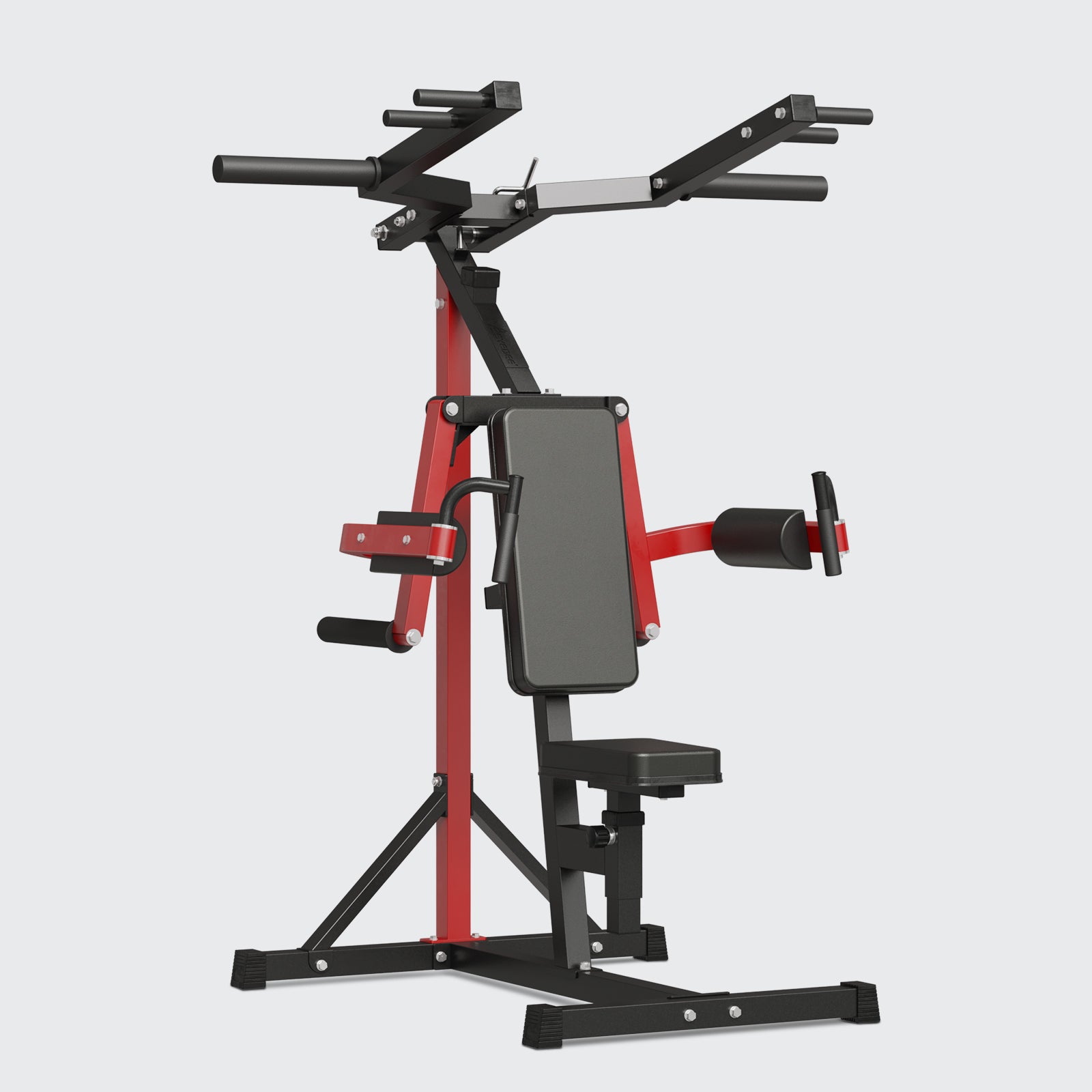
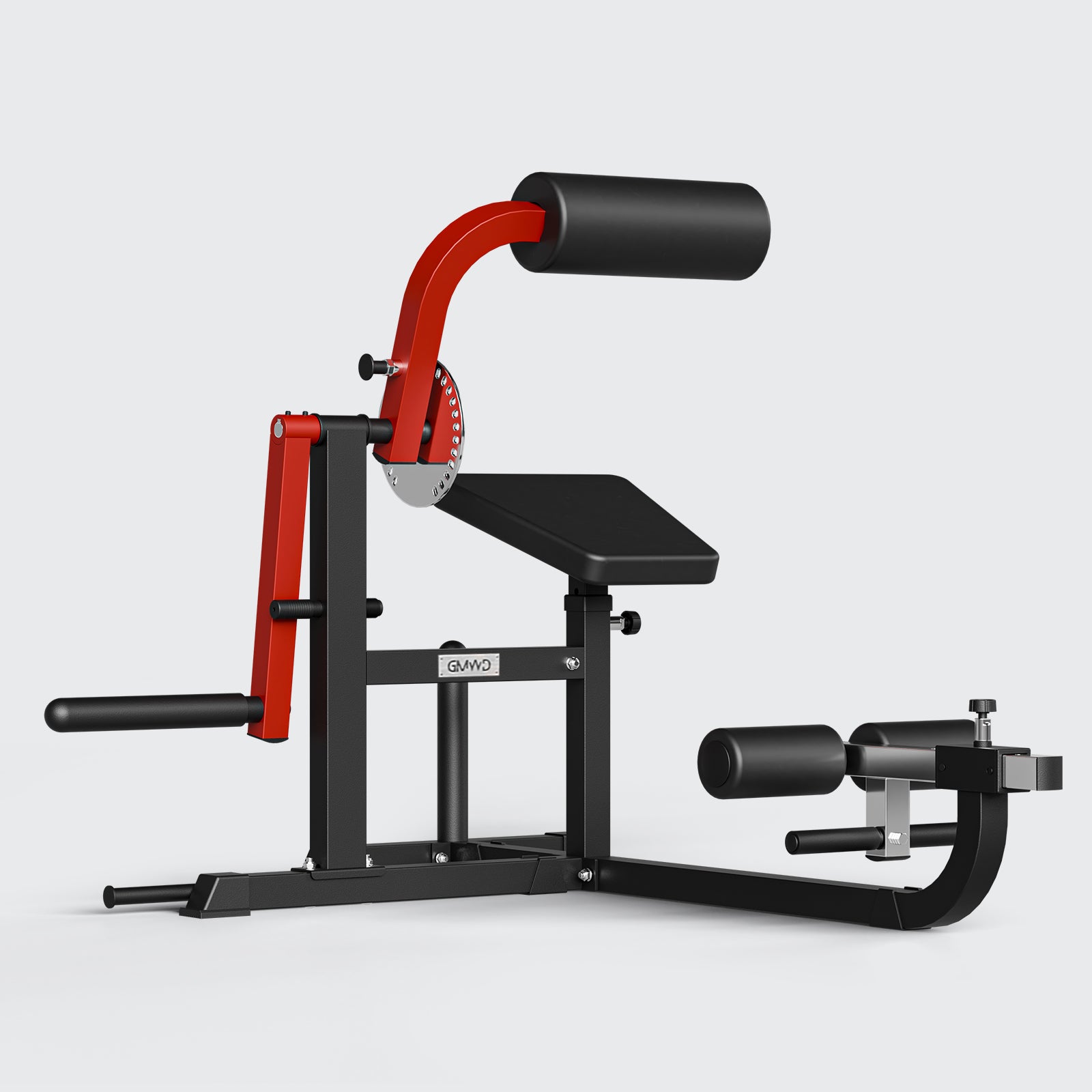
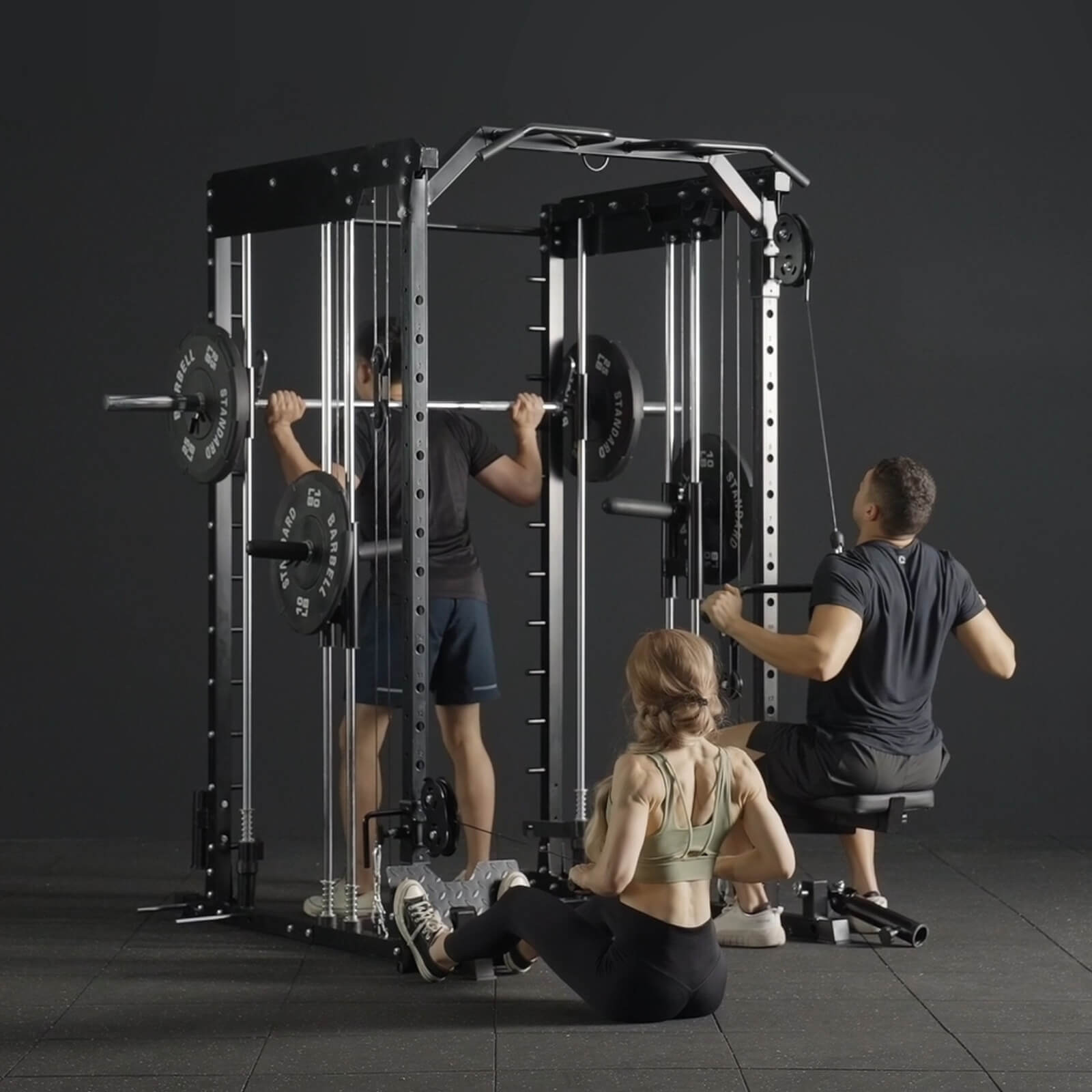
Leave a comment
All comments are moderated before being published.
This site is protected by hCaptcha and the hCaptcha Privacy Policy and Terms of Service apply.